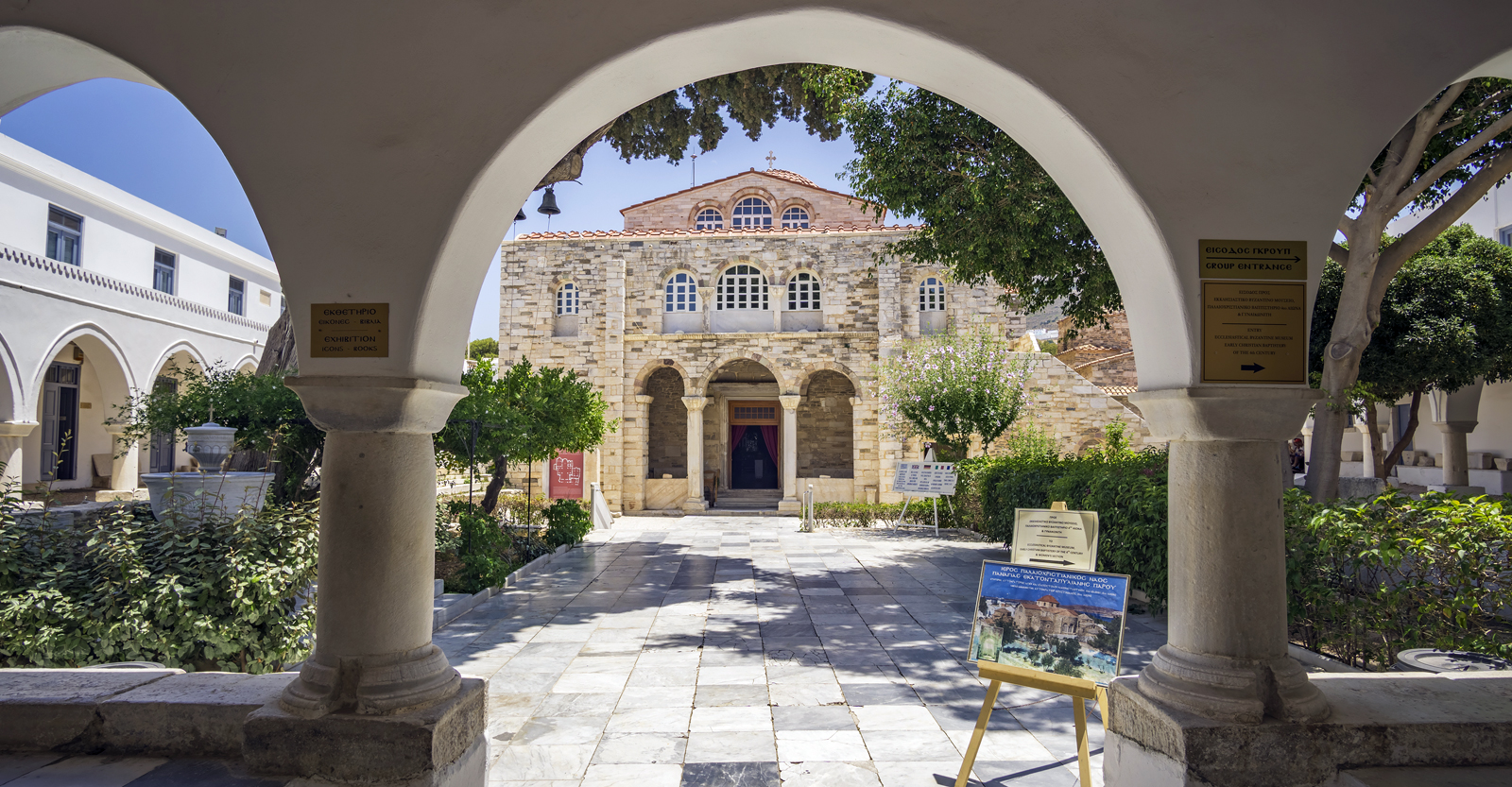The island of Paros is a place of unique natural beauty and rich history, evident in the countless archeological findings which allow you to get to know all about it through visits to the archeological sites and museums.


Paros was first inhabited in Neolithic times, around 4000 BC, but it might have been inhabited much earlier than that as evidenced by Paleolithic times’ findings in many parts of the island.
Around 1100 BC the Ionians occupied Paros and destroyed the Minoan civilization. However, a century later, in 1000 BC, the Arcadians took over under the leadership of Paris – hence the name Paros!
Paros is known for its marble; nowhere else in the world is there marble of such high quality, translucent at a depth of 3.5 cm.
This precious marble was used by great sculptors of antiquity for famous works such as the temple of Apollo in Delos, Hermes of Praxiteles, the Caryatids, and even for the most famous of all ancient sculptures, Aphrodite of Milos. It is well known that the ancient marble quarries have remained inactive for centuries; however, the marble for Napoleon’s tomb was mined there. The ancient marble quarries are open to visitors; they are located in Marathi, on the hills above Paroikia.
